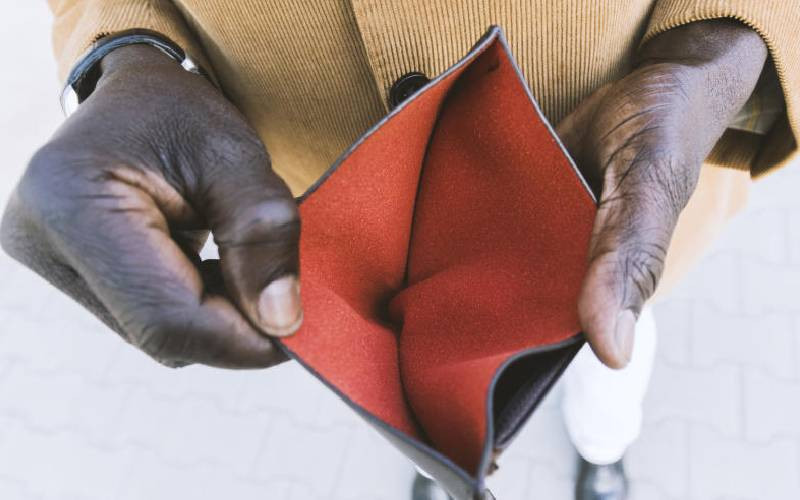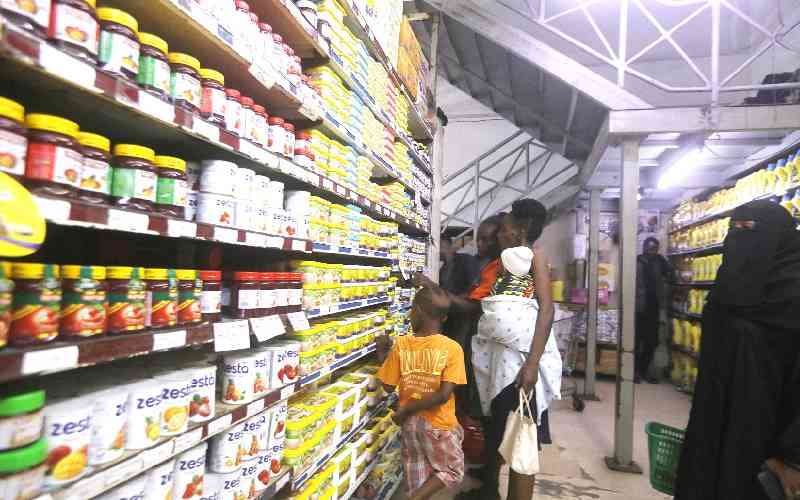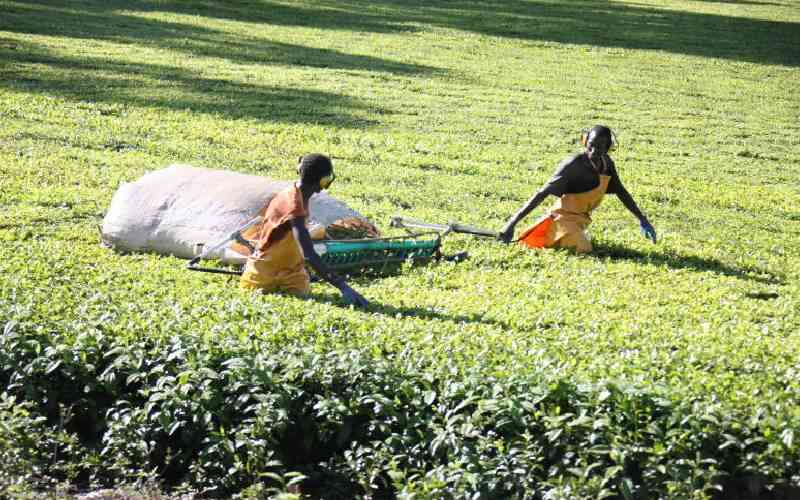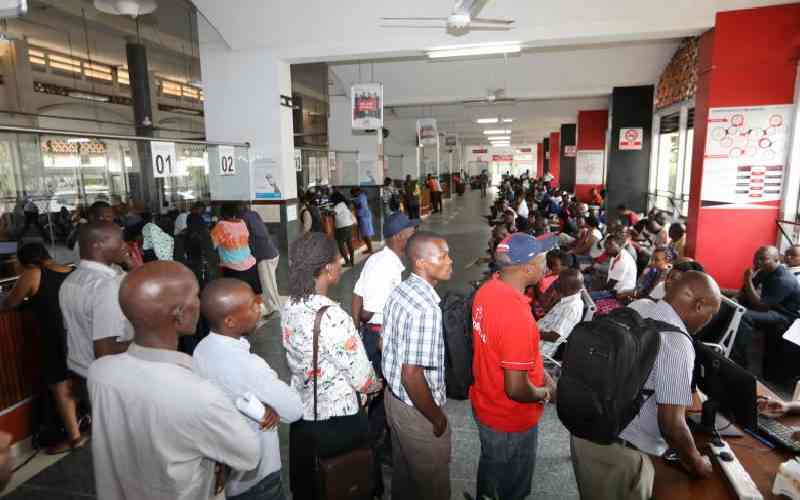×
The Standard e-Paper
Read Offline Anywhere
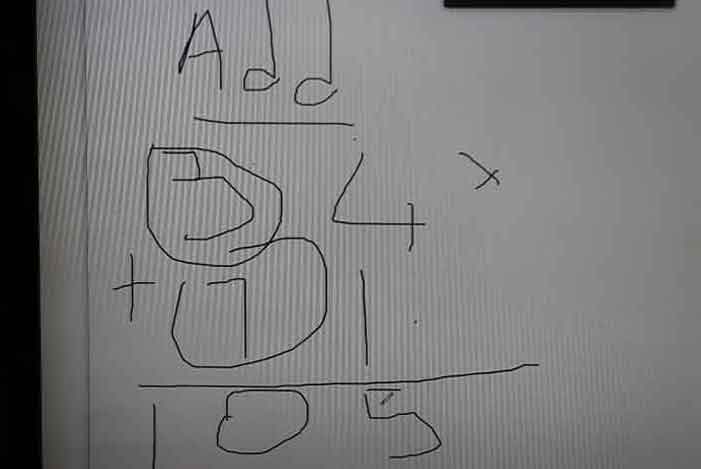
Father, mother and two children all hunched over keyboards. Nobody is talking but you wouldn’t miss the Tower of Babel as two teachers instructing different classrooms in the same room.
Welcome to the world of the Coronavirus-imposed distance learning via Zoom, Google Classrooms, and Microsoft Teams.

